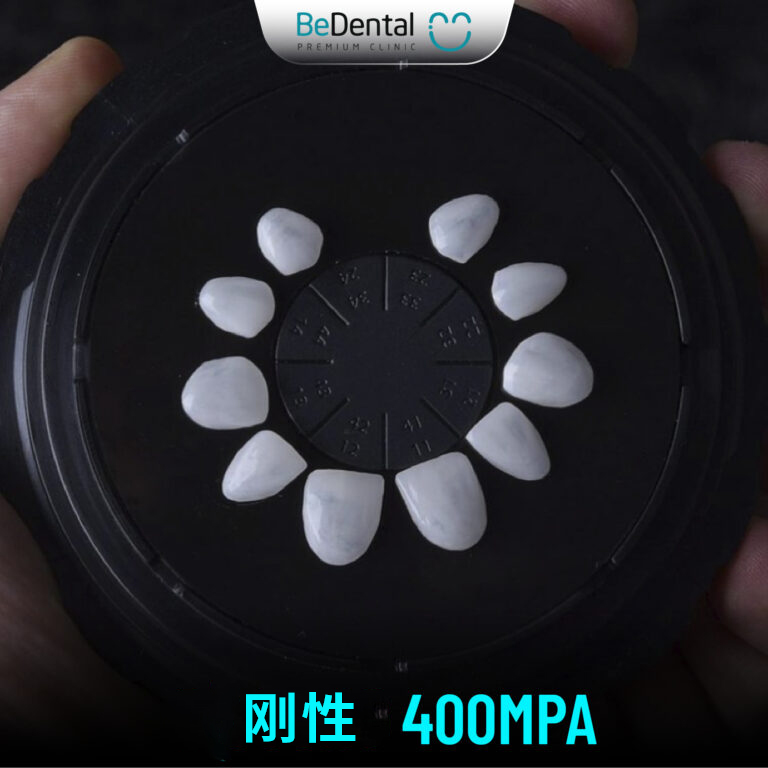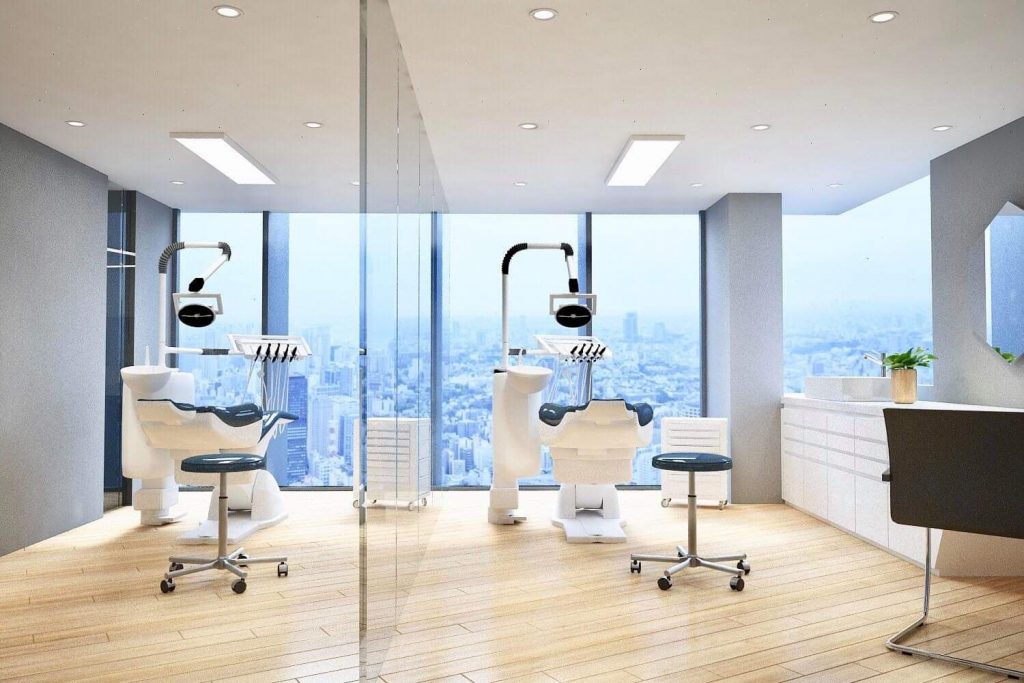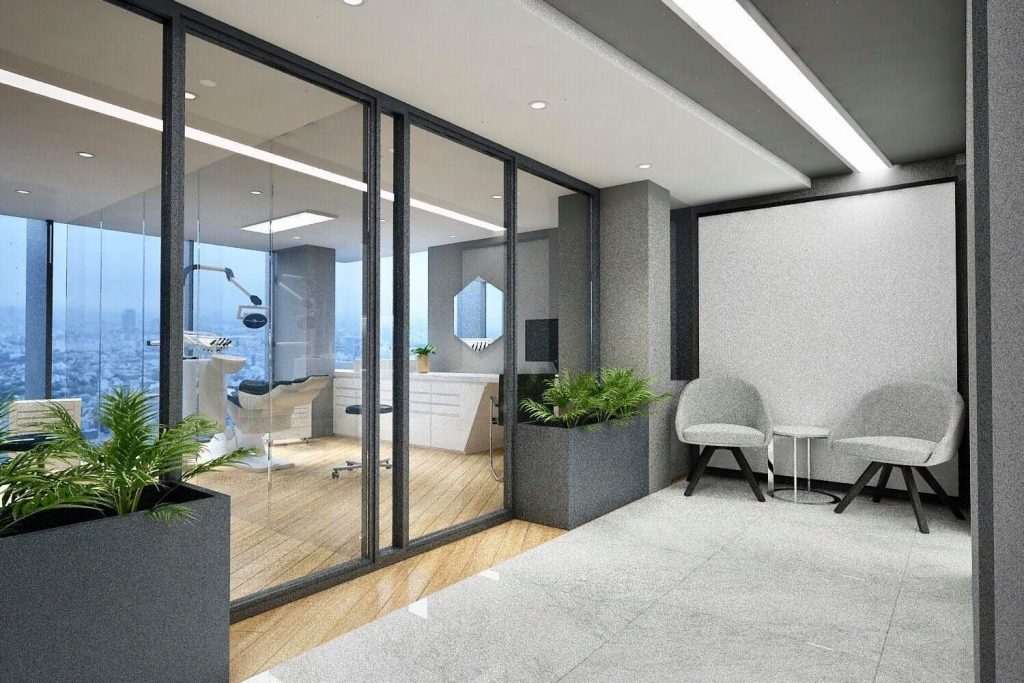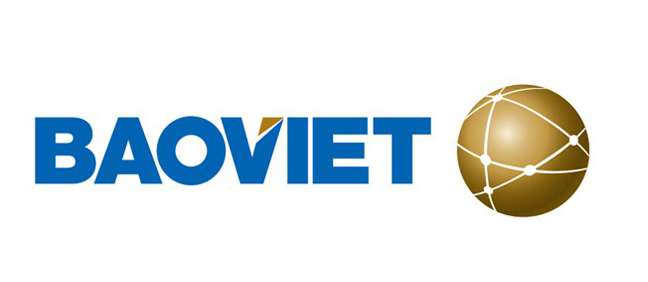
Bone grafting is a dental technique often prescribed by doctors during periodontal treatment or implant placement. However, when mentioning “bone grafting”, many customers worry because they think it is a major surgery, painful or requires extremely strict abstinence. So what is alveolar bone grafting? What are the bone grafting techniques? Is jaw bone grafting painful? If you are interested in this issue, do not miss the following article from BeDental.
WHAT IS DENTAL BONE GRAFTING?
Dental bone grafting is also known as jaw bone grafting. This technique is quite commonly used in periodontal treatment and implant placement. So what is bone grafting in dentistry? Simply put, the dentist will perform the addition and regeneration of the atrophied jaw bone. Initially, the doctor will separate the gums to expose the jaw bone, then graft more bone inside. The grafted bone will connect with the old bone plate, continue to develop and produce new bone cells. Therefore, after performing dental bone grafting, the jaw bone volume will be increased to ensure sufficient conditions to integrate and support the implant.
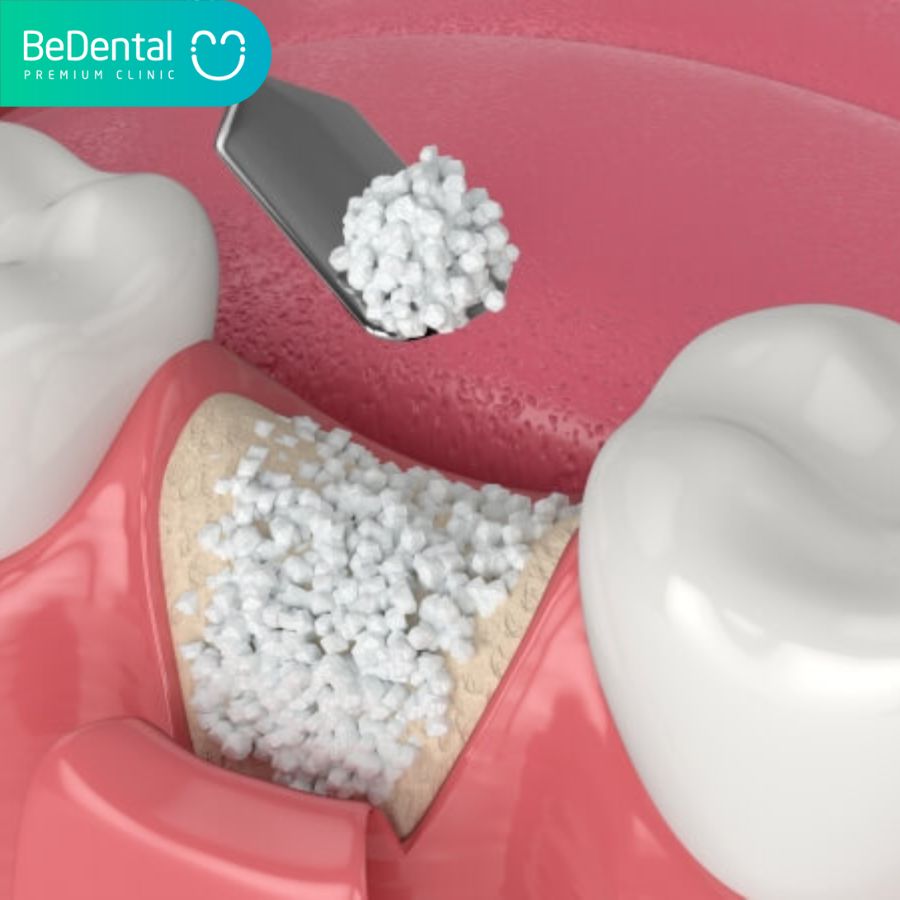
Usually in cases where jawbone transplantation is required, the dentist will use autologous bone or artificial bone to perform the procedure. The choice of which bone to implant will depend on the location of the missing tooth and the health status of each person. After a period of time, the grafted bone will be able to fully integrate with the tooth socket and jaw. At this time, the doctor will re-examine and determine whether the conditions are met for periodontal treatment or implant placement.
The technique of bone grafting in the implant placement will be performed 9-12 months before placing the implant. This is the ideal time to ensure that the newly implanted bone area is stable and strong enough to integrate and hold the implant without any other problems.
WHY SHOULD DENTAL BONE GRAFTING BE PERFORMED?
Not all cases of periodontal treatment or implant placement require alveolar bone grafting. Depending on the current oral health status and the purpose of dental treatment, the doctor can decide whether or not to perform jawbone grafting.
Specifically: in the case of implant placement, dental bone grafting is considered an important technique to help maintain the implant. In addition, this technique also helps promote the jawbone to regenerate new bone, suitable for cases of thin or atrophied jawbone. The doctor will add a certain amount of autologous bone or artificial jawbone to the missing bone position.
In addition, for customers with oral diseases such as periodontitis, tooth decay, periodontitis, gingivitis, etc., it can lead to bone loss infection. At this time, when it is necessary to use removable dentures or porcelain bridges for a long time, it is mandatory to perform jawbone grafting before intending to place an implant.

Cases where bone grafting is required when performing Implant surgery
You can absolutely implant a tooth with atrophied jawbone when and only when performing a bone graft. Because this technique is the most optimal solution for cases where the customer’s jawbone does not have enough quantity, density and volume to ensure the implant pillar stands firmly. Specifically, cases that require bone grafting include:
- The alveolar bone is resorbed due to long-term tooth loss. At this time, the alveolar bone plays an extremely important role in supporting and covering the tooth root. If bone resorption occurs, the tooth socket will be narrowed both horizontally and vertically, completely unsuitable for implanting the implant pillar because there is no more room.
- People who have used dentures for a long time and have a condition of resorbed or deficient jawbone, not ensuring the standard conditions for dental implants.
- The jawbone has sequelae or trauma from previous maxillofacial surgery.
- This will greatly affect the jawbone such as changing the volume and changing the jawbone structure.
- Jawbone that is too thin, soft or too weak also needs bone grafting. Often this problem is congenital and requires bone grafting to increase density.
- Due to previous oral diseases such as periodontitis, gingivitis, pulpitis, etc. This affects the quality of the dental bone and causes the bone to be weak or not have enough space for implant placement.
CÁC KỸ THUẬT CẤY GHÉP XƯƠNG RĂNG PHỔ BIẾN
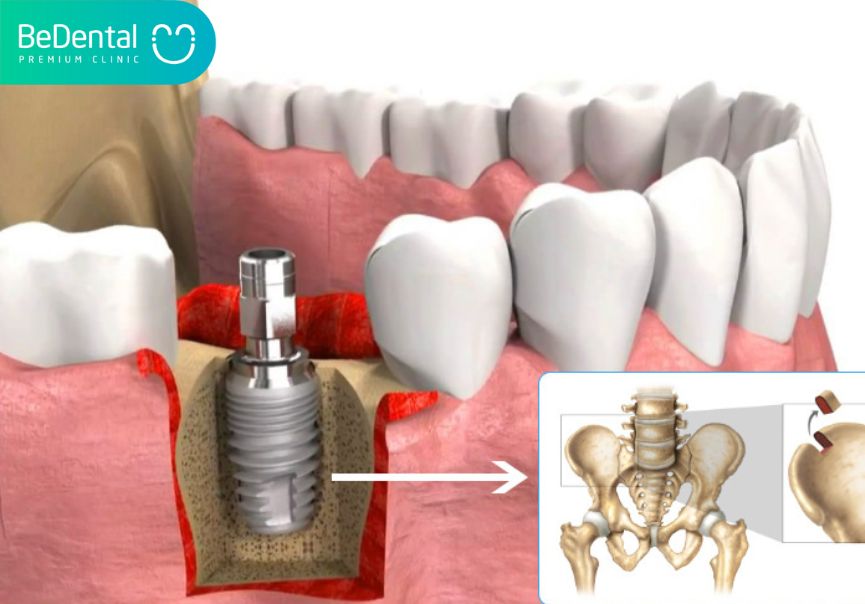
In order to meet the needs of dental bone grafting in dental treatment, there are currently many types of bone grafting techniques to suit each customer’s constitution. Below is detailed information about the 4 most commonly used types of bone grafting for dental implants:
Artificial bone grafting
Artificial bone is a type of biological bone made up of the main components Hydroxyapatite or Beta Tricalcium Phosphate. Therefore, although it is artificial bone, it can self-dissolve, ensuring absolute safety.
Artificial bone is often grafted into the missing bone to create space for autologous bone to grow. On average, autologous bone will grow up to 1mm per month.
Currently, artificial bone is commonly used because it is always available, cheap, does not require multiple surgeries and does not require too many strict standards for dental clinics.
However, the disadvantage of this dental bone grafting technique is that the recovery time is quite long. On average, it takes about 6 months for the bone to develop to the necessary conditions and another 3-6 months to ensure safe implant restoration. In addition, there are some cases where customers have rejection when grafting artificial tooth roots, requiring new bone grafting.
Autologous bone grafting
Jaw bone grafting using autologous bone is very popular with many users. This is a technique that uses a small part of bone from other areas of the body such as the pelvis, cheeks, and chin to graft into the jaw bone.
Because it is autologous bone, the success rate of the transplant is always 100% successful, with absolutely no rejection. This is also understandable because autologous bone is a part of the body itself, so there will be no difficulty in compatibility.
The advantage of autologous bone grafting is that it ensures high safety, absolutely no risk of infection and no rejection from the graft material. Therefore, autologous bone is considered the gold standard in bone grafting techniques. However, the disadvantage of this technique is that you have to perform surgery in two different areas: the area that needs the transplant and the area where the bone is taken for the transplant.
Allogeneic bone graft
Allogeneic bone is bone taken from another individual of the same species, fresh or freeze-dried, often stored in tissue banks such as cartilage tissue, bone tissue, internal organs. Therefore, the allogeneic bone grafting technique has many similarities with the autologous bone grafting method. The most obvious difference is that if autologous bone grafting is taking bone from your own body, allogeneic bone is taking bone from another person’s body.
The advantage of the allogeneic bone grafting method is that it can be used with a large amount of grafted tissue to ensure compatibility in terms of properties and chemical composition of the recipient area. However, the disadvantage of this method is that it has a high risk of infection or rejection if not handled according to medical standards.
Therefore, before performing an allogeneic bone transplant, you will be tested for compatibility and thoroughly sterilized to reduce other complications.
Allogeneic bone graft
Allogeneic bone means different in type. Simply put, allogeneic bone grafting is the use of bones of different species, possibly animal bones. Therefore, this bone grafting method has made many customers feel worried.
However, allogeneic bones are taken from individuals of different species that have been processed and depending on the purpose of the transplant, the doctor has improved the biological properties to ensure suitability such as freeze-drying, demineralization, and organic removal. In addition, before the transplant, the doctor will test the patient for compatibility and ensure that the graft material is sterile and safely compatible with the patient’s body.
However, if you decide to choose an allogeneic bone graft, you may face the risk of incompatibility, body rejection, and immune stimulation. At this time, it is necessary to find a safer bone grafting technique.
IS DENTAL BONE GRAFTING PAINFUL?
Bone grafting is a necessary condition for safe implant placement in cases where the jawbone is atrophied or does not have enough volume to hold the implant firmly. So, is bone grafting painful or lower jaw bone grafting painful?
When performing jaw bone grafting, the dentist will apply local anesthesia so you will not feel any pain or discomfort. But after the anesthetic wears off, you may feel a little pain and soreness, but it is not too serious. This discomfort will be significantly reduced day by day.
If you feel too uncomfortable, you can use additional pain relievers prescribed by your doctor. In addition, apply ice and hot compresses to reduce the pain.
Whether or not bone grafting is painful depends largely on the doctor’s skills and the support of technical equipment. Therefore, to limit pain and dispel the worry of whether bone grafting is painful, you should find a reputable dental address to perform it.
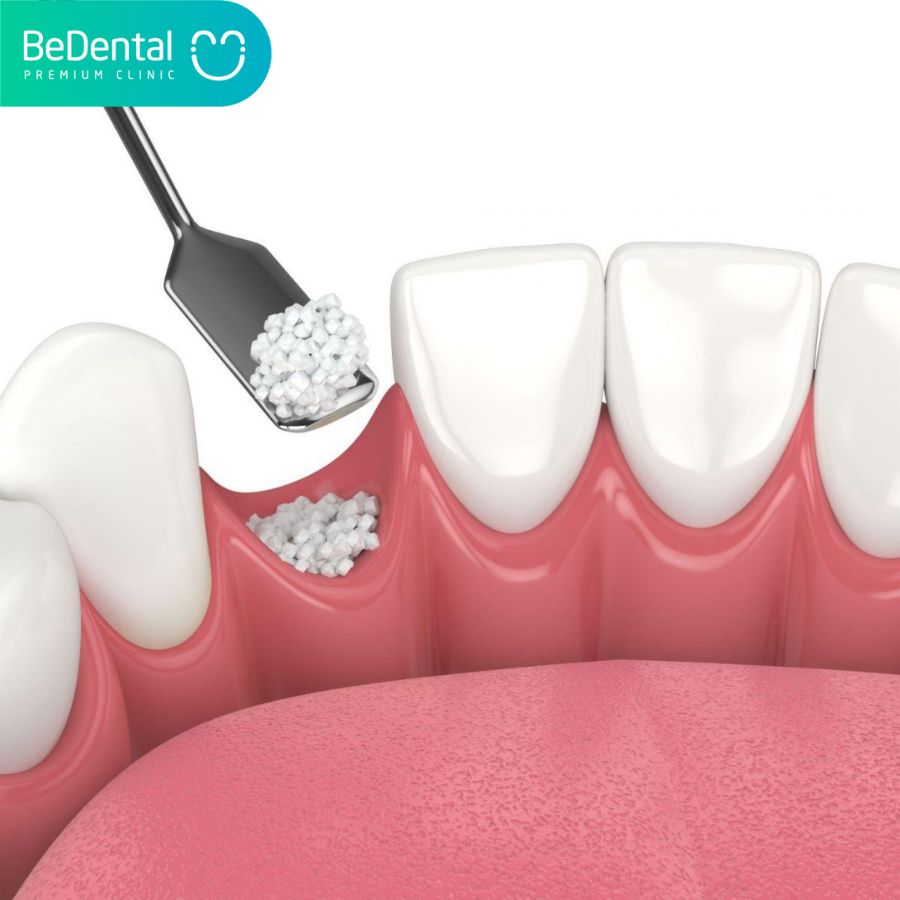
ĐỘI NGŨ BÁC SĨ CÓ KINH NGHIỆM CAO
10.000+ KHÁCH HÀNG
TÌM LẠI ĐƯỢC NỤ CƯỜI MỖI NĂM

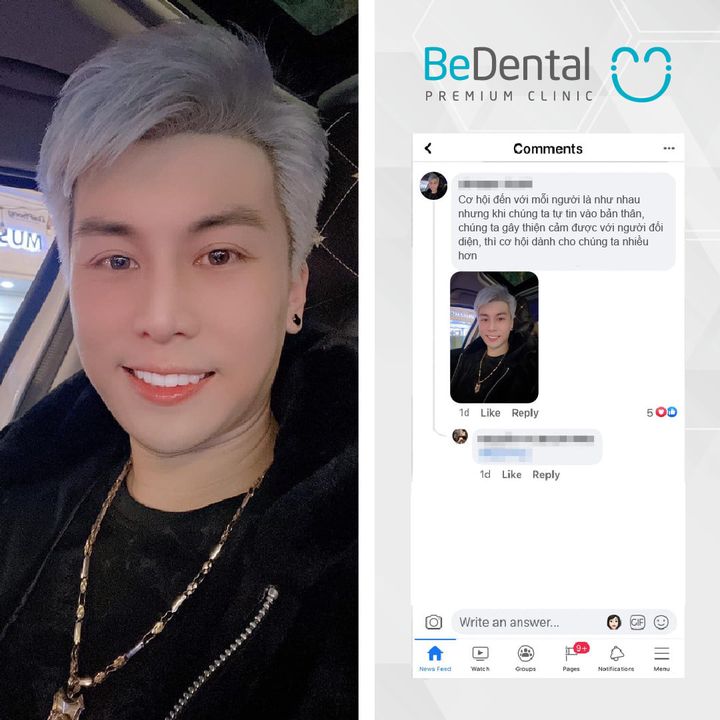

ƯU ĐÃI NGÂN HÀNG & TRẢ GÓP RĂNG SỨ MIỄN LÃI




